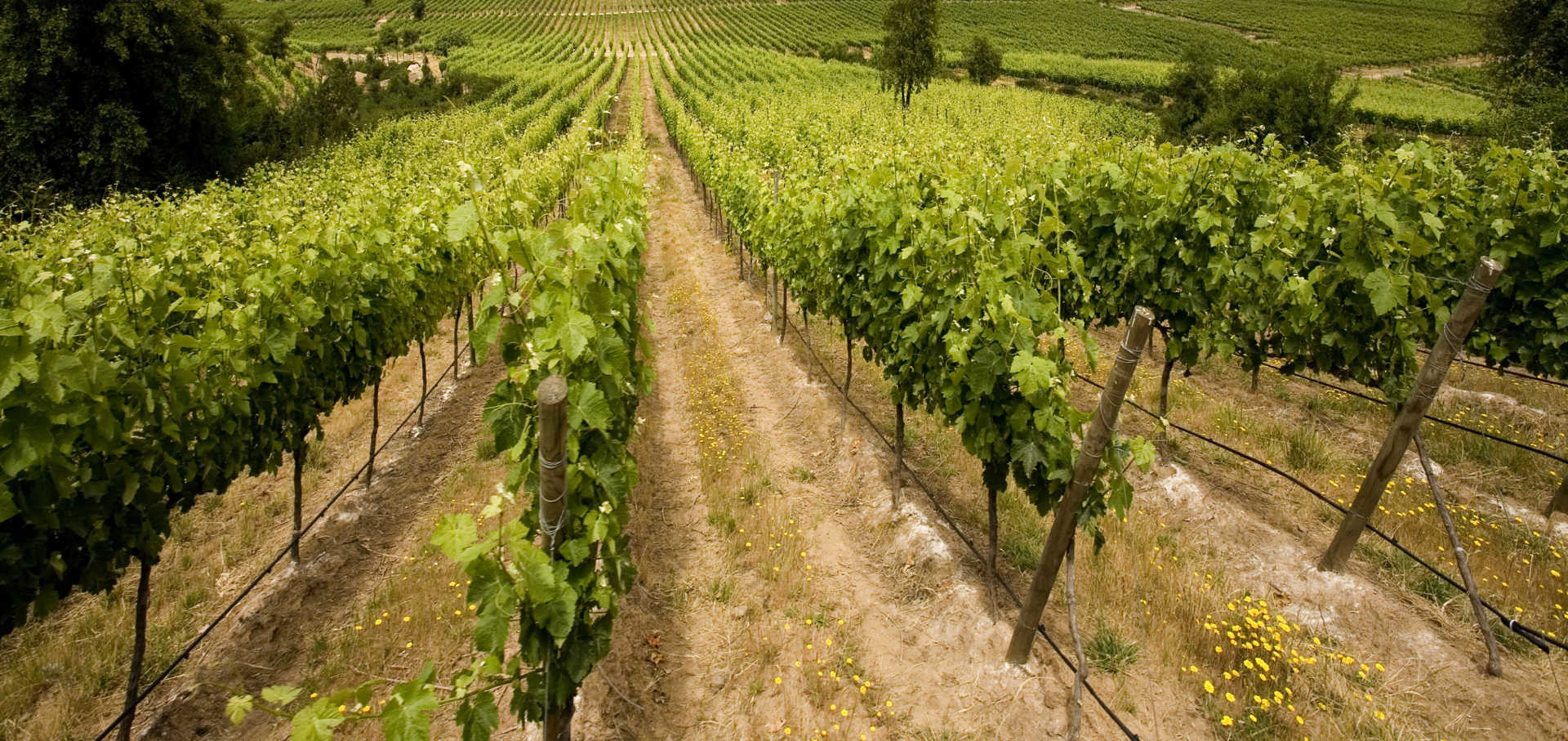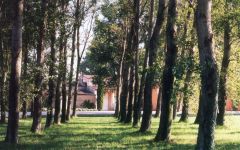La Vieille Ferme Rouge 2017



Product Details
Your Rating
Somm Note
Winemaker Notes
Other Vintages
2014-
Tasting
Panel
-
Wine &
Spirits
-
Tasting
Panel
-
Robert
Parker
-
Wine
Spectator




Jean Pierre Perrin established La Vieille Ferme over 35 years ago, when he chose to produce an inexpensive, straightforward Rhône wine to sell by direct mail to French wine lovers. He used the same grape varieties in similar proportions to those planted at the family's Chateau de Beaucastel, in a similar vinification process. The result was an immediate success in France, a wine of character and style in keeping with its Beaucastel heritage.
Initially, Jean Pierre made only Côtes du Rhône, but steeply rising grape prices in 1976 caused him to switch to Côtes du Ventoux and eventually to produce a white wine from the mountainous Côtes du Luberon. La Vieille Ferme was introduced to the United States in 1970. The response was an immediate, overwhelming acceptance and an outpouring of critical acclaim from eminently knowledgeable critics who recognized La Vieille Ferme for its consistently fine quality and value.

Setting the standards for red wine production worldwide, France holds rank as the source of the world’s most popular red grape varieties. Famous for their elegance, grace and longevity, the red wines of France come in a variety of styles.
Burgundy claims some of the most desirable vineyard real estate on the planet and remains a source of the world’s most coveted Pinot noir. A powerhouse producer of red wines based on Cabernet Sauvignon and Merlot, Bordeaux sits on France’s western side, separated from the Atlantic Ocean by a coastal pine forest. The region’s mild, maritime climate and gravel-heavy soils are perfect for the production of highly structured, cellar-worthy red wines. In the south, the long and narrow Rhône River Valley produces full-bodied, flavorful reds. Syrah makes its home in the Northern Rhône where a continental climate and steep hillside vineyards create some of the best in the world. Southern Rhône’s Grenache-based blends easily charm most any wine enthusiast. For those after a more delicate red, the Loire Valley’s Cabernet Franc maintains a loyal line of followers.
